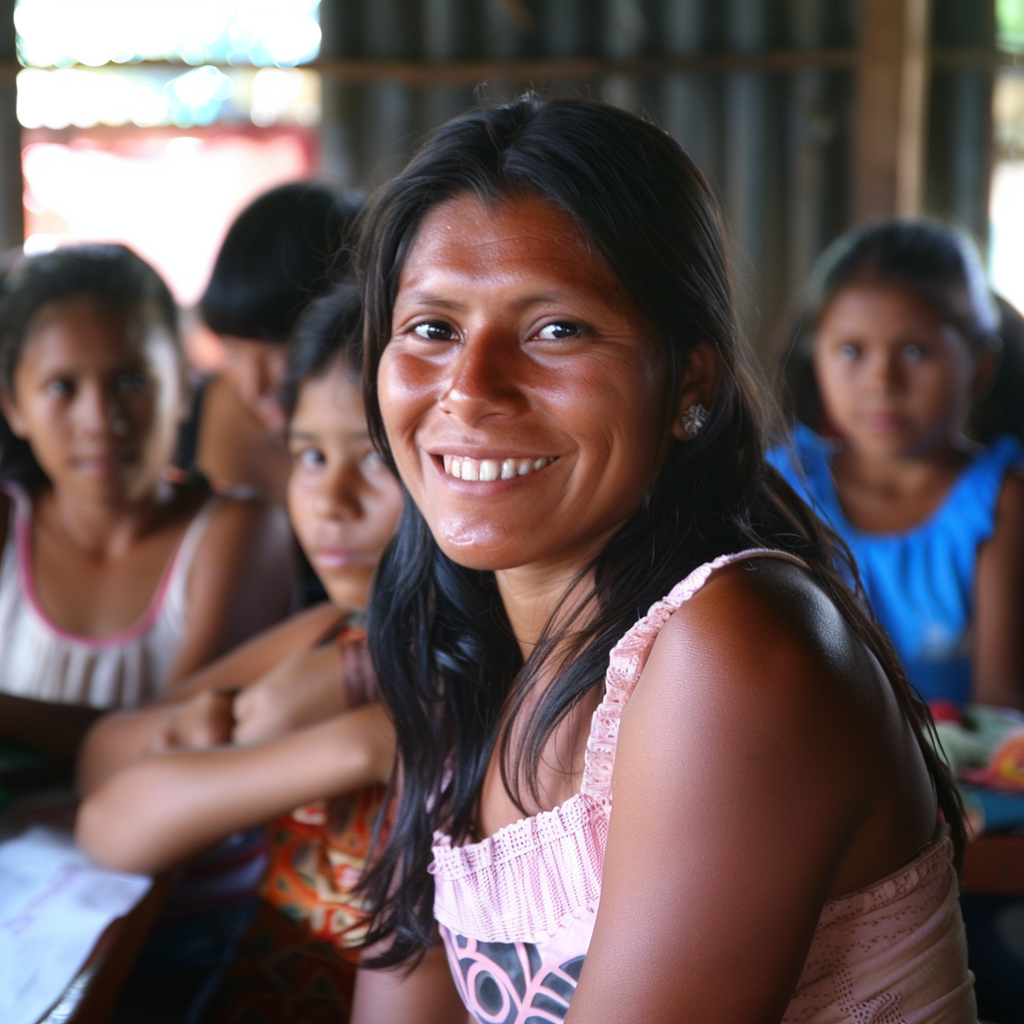Combating Family Poverty in Central American Countries
Family poverty in Central American countries remains a significant challenge, with deep-rooted issues that necessitate comprehensive and sustainable solutions. The Savage Rivera Foundation is at the forefront of addressing these challenges, implementing programs and initiatives designed to alleviate poverty and empower families. This article explores the multifaceted approach required to combat family poverty in Central American countries, highlighting the efforts of the Savage Rivera Foundation and offering insights into effective strategies.
Understanding the Scope of Poverty in Central America
Central America, comprising countries like Honduras, Guatemala, El Salvador, Nicaragua, Costa Rica, and Panama, is a region marked by economic disparity, political instability, and social challenges. Despite its rich cultural heritage and natural resources, many families in these countries live in poverty, struggling to meet basic needs such as food, shelter, education, and healthcare.
Key Factors Contributing to Poverty
Several interrelated factors contribute to the persistent poverty in Central America:
- Economic Instability: Frequent economic crises, low wages, and limited job opportunities make it difficult for families to achieve financial stability.
- Political Unrest: Political instability and corruption hinder economic growth and equitable distribution of resources.
- Lack of Education: Limited access to quality education perpetuates the cycle of poverty, as uneducated individuals struggle to find well-paying jobs.
- Healthcare Disparities: Inadequate healthcare services exacerbate poverty by increasing the financial burden on families dealing with illness.
- Environmental Challenges: Natural disasters, climate change, and environmental degradation disproportionately affect impoverished communities, leading to loss of livelihood and displacement.
The Savage Rivera Foundation’s Approach
The Savage Rivera Foundation is committed to combating family poverty in Central America through a holistic approach that addresses these underlying factors. Their initiatives focus on education, economic empowerment, healthcare, and community development.
Education: Laying the Foundation for a Brighter Future
Education is a critical tool for breaking the cycle of poverty. The Savage Rivera Foundation has implemented several educational programs aimed at increasing access to quality education for children in impoverished communities.
Scholarships and Financial Support
By providing scholarships and financial assistance, the Foundation ensures that children from low-income families can attend school and pursue higher education. These scholarships cover tuition fees, school supplies, and other related expenses, removing financial barriers to education.
School Infrastructure and Resources
Investing in school infrastructure and resources is another key strategy. The Foundation funds the construction and renovation of schools, ensuring that students have a conducive learning environment. Additionally, they provide books, computers, and other educational materials to enhance the quality of education.
Economic Empowerment: Creating Sustainable Livelihoods
Economic empowerment initiatives are crucial for enabling families to achieve financial independence. The Savage Rivera Foundation focuses on creating sustainable livelihoods through various programs.
Microfinance and Small Business Support
The Foundation provides microfinance loans to entrepreneurs, particularly women, enabling them to start or expand small businesses. These loans come with low-interest rates and flexible repayment terms, making them accessible to individuals who lack traditional collateral.
Vocational Training and Skill Development
Vocational training programs equip individuals with marketable skills, increasing their employability and earning potential. The Foundation offers training in trades such as carpentry, tailoring, and agriculture, empowering individuals to secure better job opportunities.
Healthcare: Ensuring Well-being and Productivity
Access to quality healthcare is essential for maintaining a productive and prosperous community. The Savage Rivera Foundation implements healthcare initiatives to address disparities and improve health outcomes.
Community Health Clinics
The Foundation funds the establishment and operation of community health clinics, providing essential medical services to underserved populations. These clinics offer preventive care, treatment for common illnesses, and maternal and child health services.
Health Education and Awareness
Health education programs raise awareness about preventive healthcare practices, nutrition, and hygiene. By educating communities about healthy lifestyles, the Foundation helps reduce the incidence of preventable diseases and improve overall health.
Community Development: Building Resilient Communities
Community development initiatives focus on creating resilient communities capable of withstanding economic and environmental challenges. The Savage Rivera Foundation’s approach includes infrastructure development, disaster preparedness, and social cohesion.
Infrastructure Development
Improving infrastructure, such as roads, water supply, and sanitation facilities, enhances the quality of life and supports economic activities. The Foundation invests in infrastructure projects that benefit entire communities, facilitating access to markets, schools, and healthcare services.
Disaster Preparedness and Response
Central America is prone to natural disasters such as hurricanes, earthquakes, and floods. The Foundation supports disaster preparedness and response efforts, helping communities build resilience and recover more quickly from adverse events.
Social Cohesion and Community Engagement
Promoting social cohesion and community engagement is vital for sustainable development. The Foundation fosters a sense of community through participatory projects, encouraging local ownership and collective action. This approach ensures that interventions are culturally appropriate and meet the specific needs of the community.
Combating family poverty in Central American countries requires a comprehensive and sustainable approach that addresses the multifaceted nature of poverty. The Savage Rivera Foundation’s initiatives in education, economic empowerment, healthcare, and community development exemplify the effective strategies needed to create lasting change. By investing in these areas, the Foundation not only alleviates poverty but also empowers families to achieve long-term stability and prosperity. As we continue to support and expand such efforts, we move closer to a future where every family in Central America has the opportunity to thrive.



Comments
Post a Comment